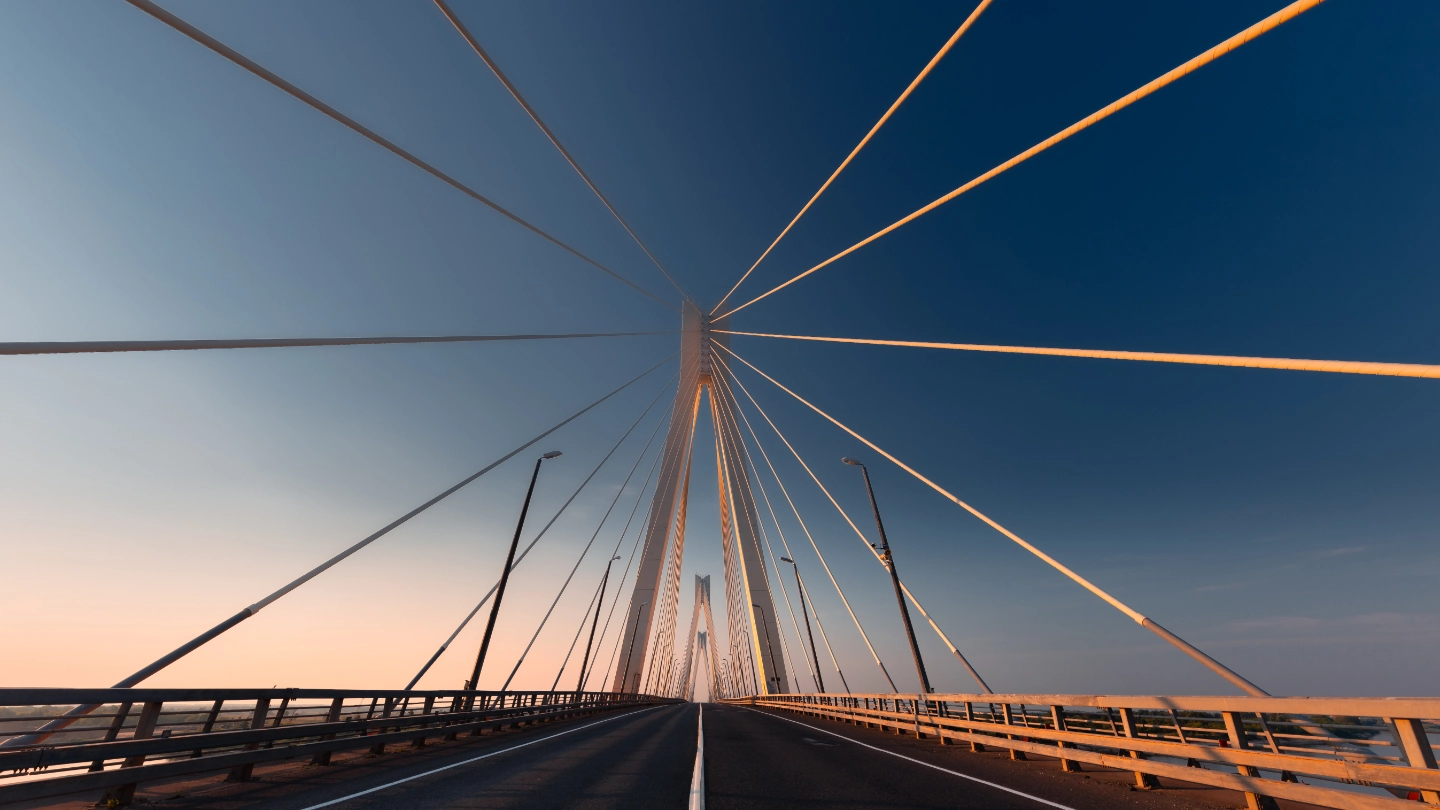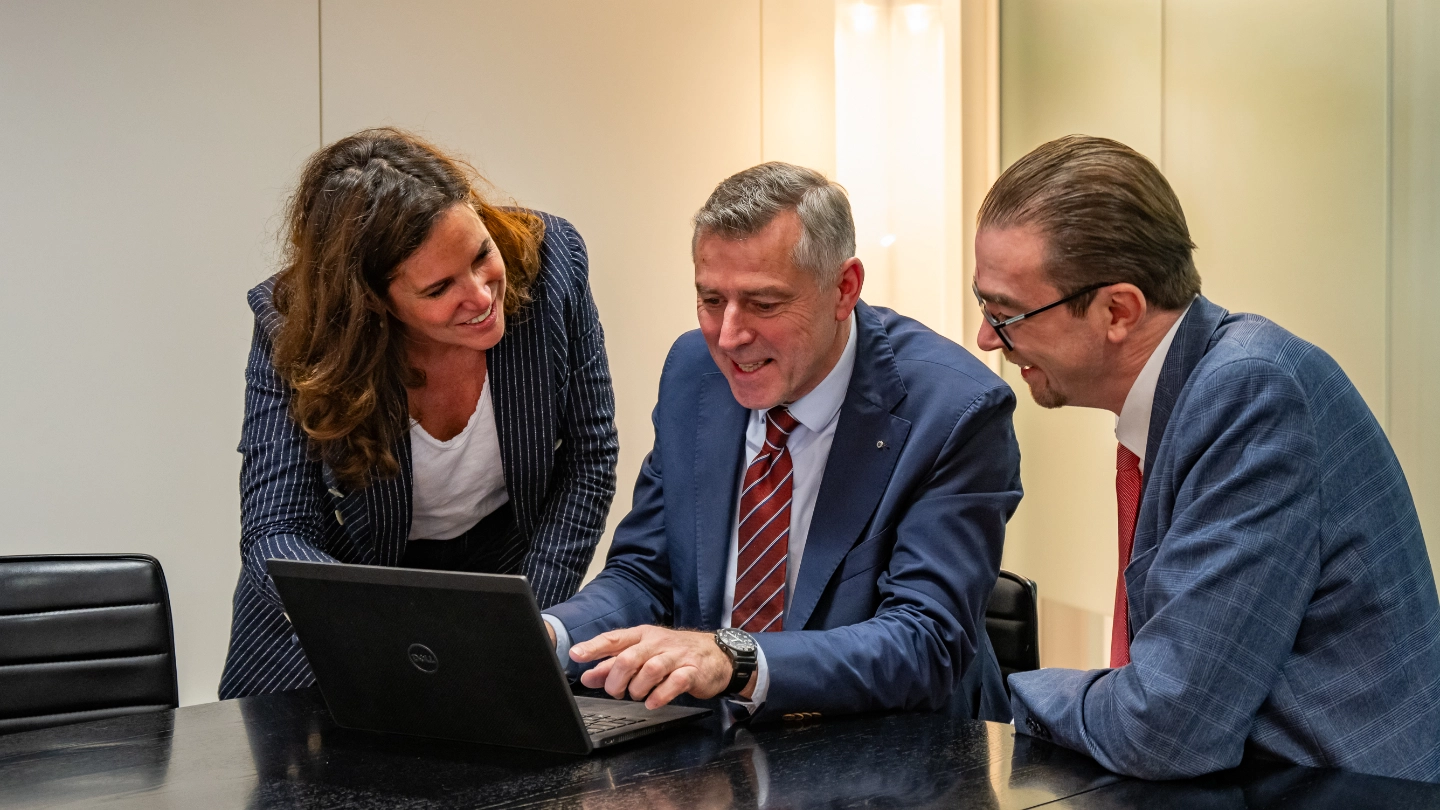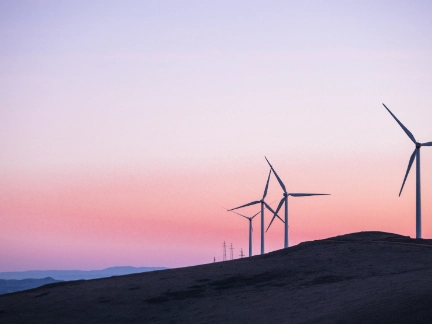Verzekerd van betaling!
Als specialist in kredietverzekering, borgstelling en incasso beschermen en ondersteunen wij jouw onderneming, wereldwijd.
 België
België

Als specialist in kredietverzekering, borgstelling en incasso beschermen en ondersteunen wij jouw onderneming, wereldwijd.

"We luisteren, denken mee en samen vinden we de oplossing die écht bij jouw bedrijf past." - Ives De Bondt, Senior District Manager, Atradius.

Al jouw economische en sectorrapporten op één overzichtelijke plaats.

Bekijk het niveau van handelsrisico's van landen wereldwijd via onze interactieve tool.
Jouw uitdagingen
31
Faillissementen / dag in België
Of 1,3 faillissementen per uur in België (dag en nacht). Een hele uitdaging dus om jouw onderneming zo te navigeren dat je geen schade lijdt, dat jij wel de juiste klanten uitkiest. Atradius kan jou daar in bijstaan.
Wij bieden diverse kredietverzekeringsproducten aan. Of je nu een multinational vertegenwoordigt, met dochterondernemingen en filialen over de hele wereld, deel uitmaakt van een start-up of aan het roer staat van een groeiende KMO, wij hebben een oplossing die voldoet aan jouw behoefte aan professionele, flexibele en datagestuurde kredietverzekeringen.
Onze verzekeringsproducten worden geleverd met een brede waaier aan digitale diensten die jou een efficiënt debiteurenbeheer garanderen.

Met een kredietverzekering van kredietverzekeraar Atradius kunt u zich als ondernemer indekken tegen de nare gevolgen van een onbetaald factuur.

Atradius Instalment Credit Protection verzekert u als ondernemer in een specifieke branche tegen onbetaalde deelbetalingen op leningen, leasing- of huur
Atradius Collections biedt haar incassodiensten aan in elk land, elke tijdzone, valuta en taal, ongeacht waar jij of jouw debiteur ook in de wereld gevestigd zijn.

Internationaal incassobureau Atradius Collections voor het innen van openstaande vorderingen, verbetering van de cash flow en behoud van uw klantrelaties.
Garanties en borgstellingen vormen een belangrijk onderdeel van jouw bedrijfsvoering? Atradius is een internationaal erkende garantieverstrekker met een lokale aanpak.

Garanties en borgstellingen vormen een belangrijk onderdeel van uw bedrijfsvoering? Wij staan u graag bij met de juiste oplossing.
Soms dekt een normale kredietverzekering simpelweg niet de behoeften van de klant. Voor die gevallen biedt Atradius Credit Specialties praktische oplossingen op maat.

Onze Credit Specialties afdeling ontwikkelt maatoplossingen voor situaties die niet gedekt kunnen worden met de traditionele creditmanagementproducten.
Bereken je DSO, vergelijk met je sectorgemiddelde, grasduin in de 3 blogs over het DSO topic en download de whitepaper over debiteurenbeheer.
Laat niets aan het toeval over!
Hier kan je je gratis inschrijven voor de Atradius Flash, onze digitale nieuwsbrief.
Regelmatig ontvang je dan van ons interessante informatie over credit management, technologische evoluties, waardevolle tips, advies en acties!
Ik wil meer weten